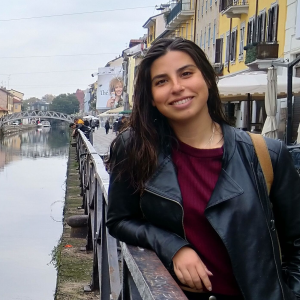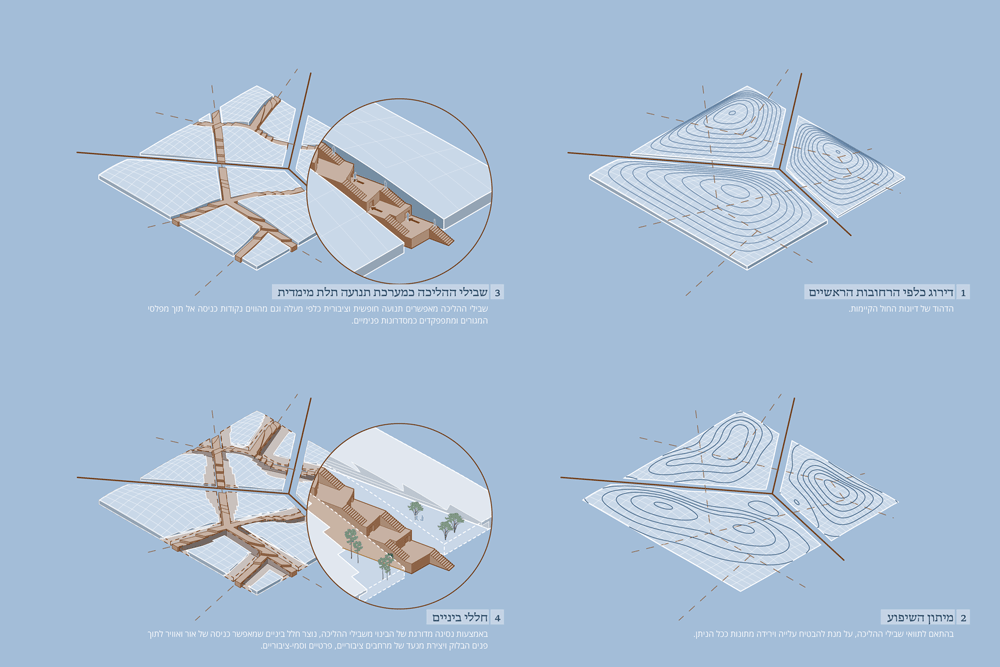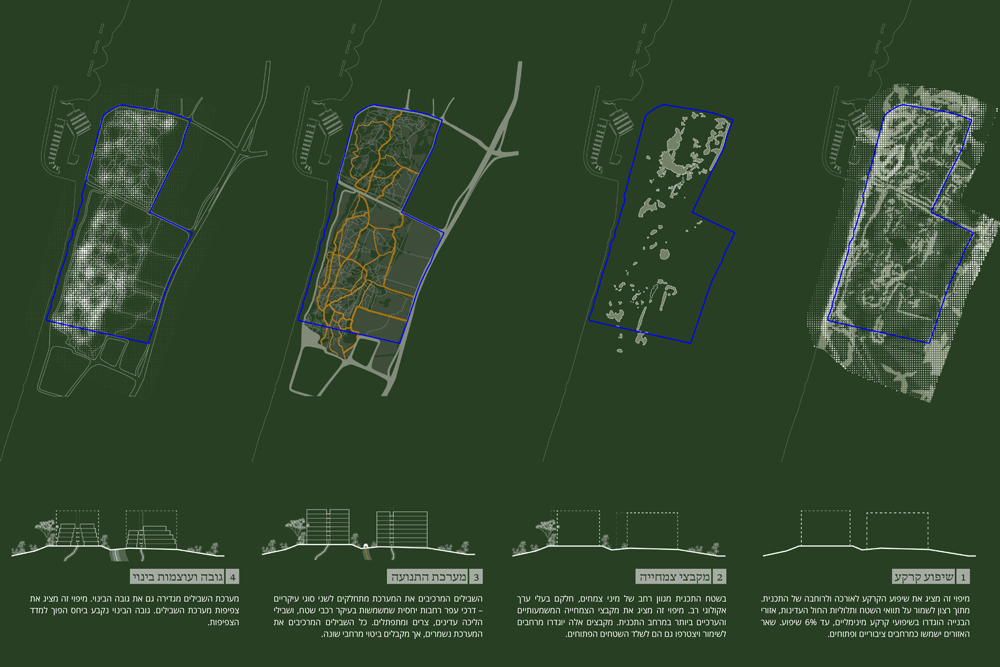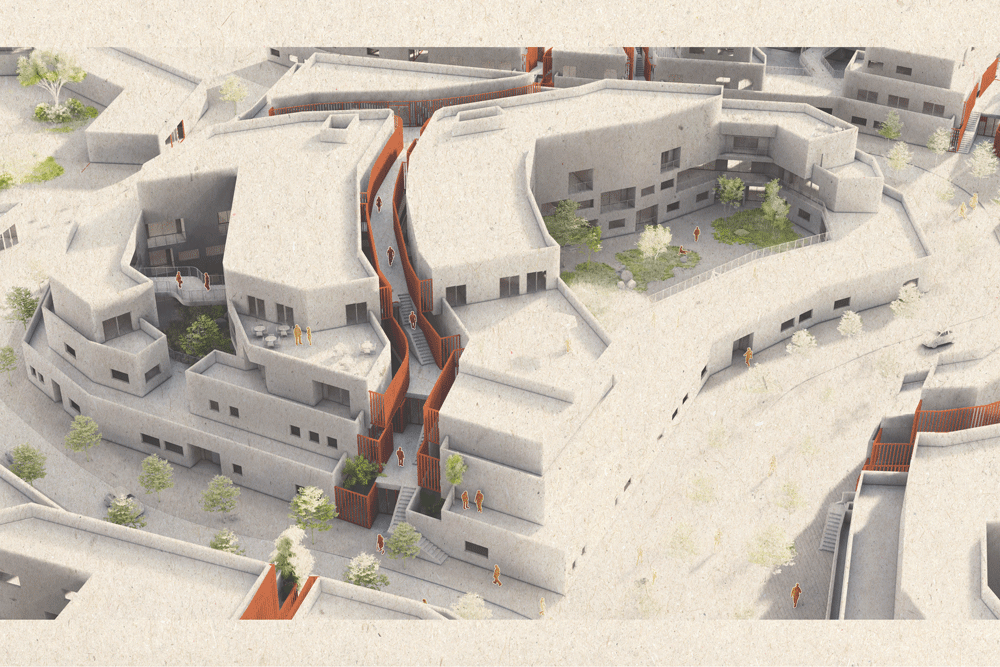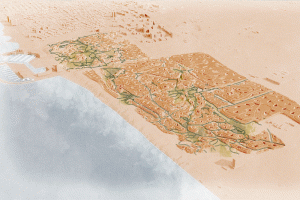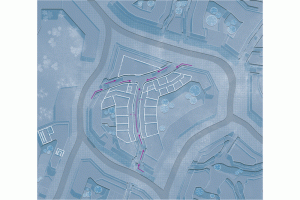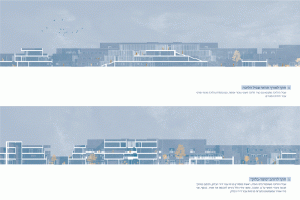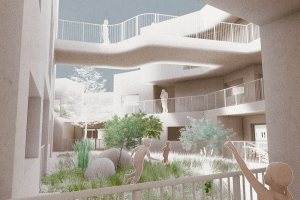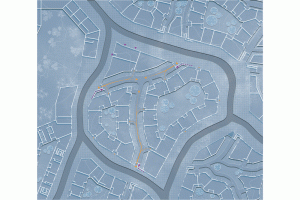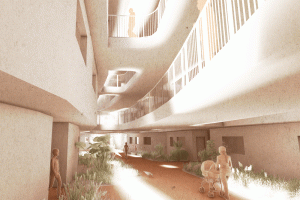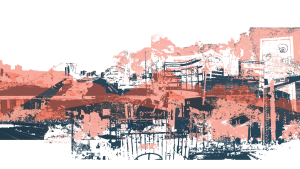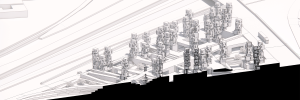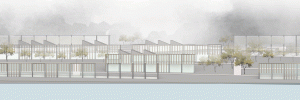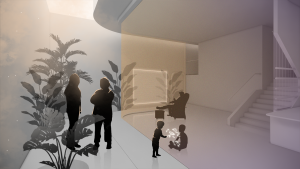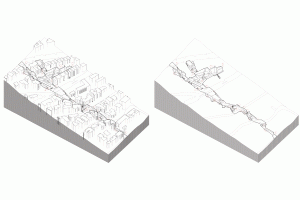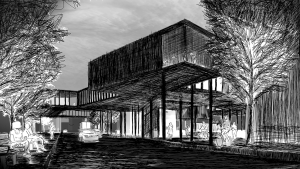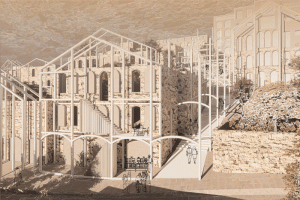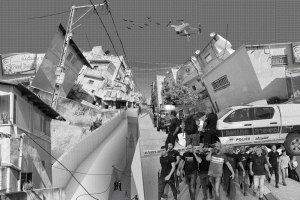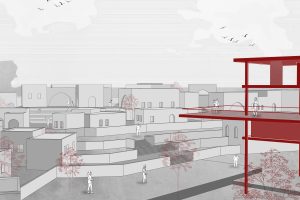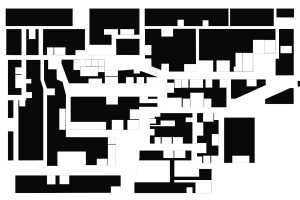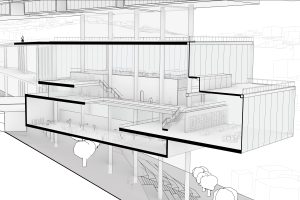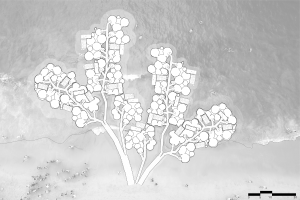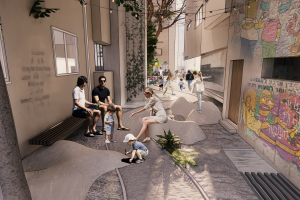Tabula Plena
Since its founding, the state of Israel has been facing a housing crisis. There is a constant need for new apartments, which must be constructed quickly. This fact, combined with social, economic, and political interests—which have changed over the years—has led to monotonous and repetitive Israeli suburban landscapes. Such repetition, which manifests from the neighbourhood level through to individual buildings, creates a sense of placelessness, as the same buildings and the same streets exist simultaneously in each of these new residential neighbourhoods, stretching across the length and breadth of the country, making it nearly impossible to determine whether I am in Acre, Netanya, or Ashkelon. These new neighbourhoods are being built on the periphery of existing cities, on lands that were once open—whether they were agricultural fields or natural uncultivated lands. Such spaces do not contain any values or characteristics deserving of preservation or consideration by planners. Thus, it is relatively easy to approach such environments as empty and clean slates. Such a “Tabula Rasa” planning approach, which essentially disregards or erases the existing environment, is even more easily taken in these empty open land reserves. Instead of creating unique and groundbreaking residential spaces, the approach encourages and allows for repetition and duplication, blocking any local characteristics of the Israeli residential environments. But are these reserves really empty? It can be argued that these “no man’s land” areas contain unique spatial qualities that can serve as the foundation for singular and unique planning. In my project, I demonstrate this new evaluation of these reserves, focusing on the area of hr/2,200 for the development of a land reserve south of Herzliya. By implementing advanced methods for parametric evaluation of the ground, I show how even the smallest nuances of the land can be translated into a high-quality residential neighbourhood. Such neighbourhoods can create an environment that meets all the needs of the modern lifestyle and harnesses local-specific values to achieve a unique habitat and a richer residential experience than that of the repetitive and monotonous spaces on offer today, while substantially increasing the number of residential units.



